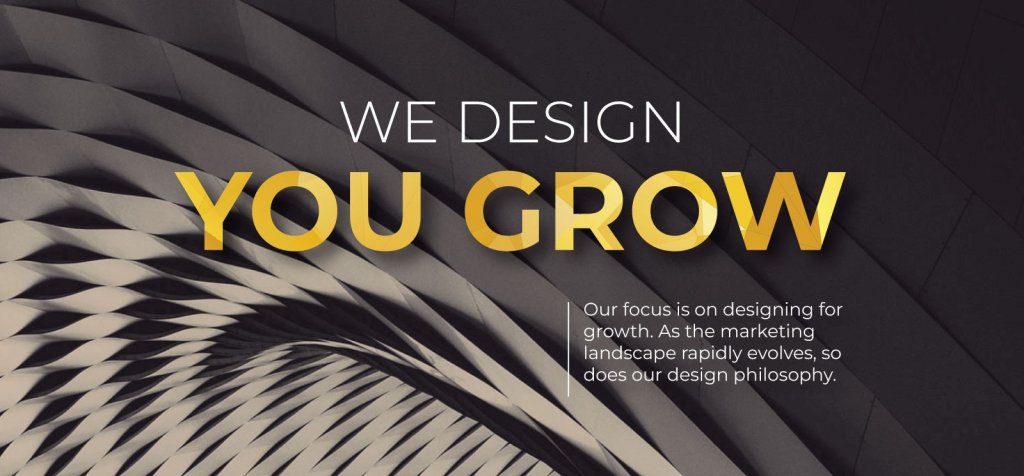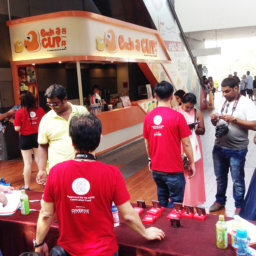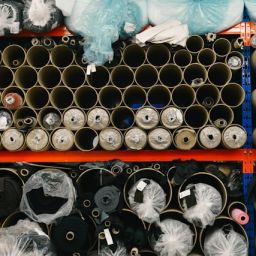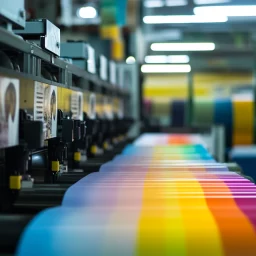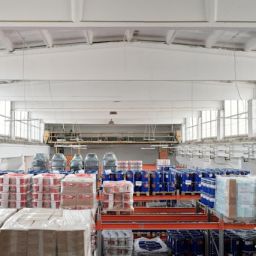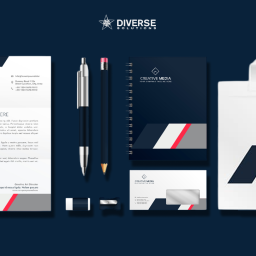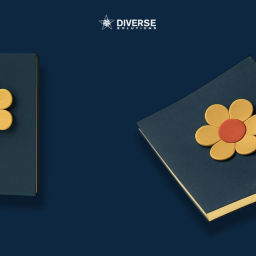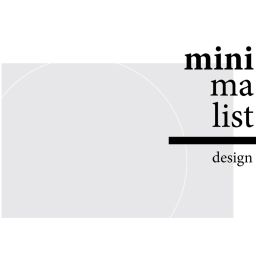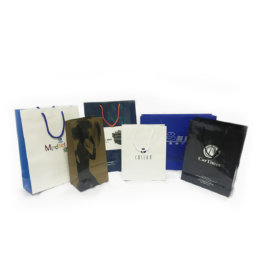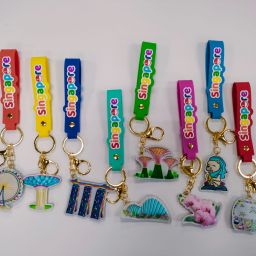Introduction
Packaging design is a ubiquitous yet often underestimated aspect of our daily lives. From the moment we wake up to the time we go to bed, we interact with various forms of packaging – from the cereal box in the morning to the toothpaste tube at night. However, behind this seemingly simple concept lies a complex blend of creativity, functionality, and marketing strategy that significantly impacts consumer perception and the environment. In this blog, we’ll delve into the fascinating world of packaging design, exploring its importance, trends, and environmental implications.
The Power of First Impressions
Packaging design is much more than just a protective shell for products. It’s the first interaction a consumer has with a product, and as the saying goes, “first impressions matter.” An eye-catching and well-designed package can create an emotional connection with the consumer, conveying a sense of quality, innovation, and even storytelling. Brands leverage this opportunity to differentiate themselves from competitors, fostering brand loyalty and recognition.
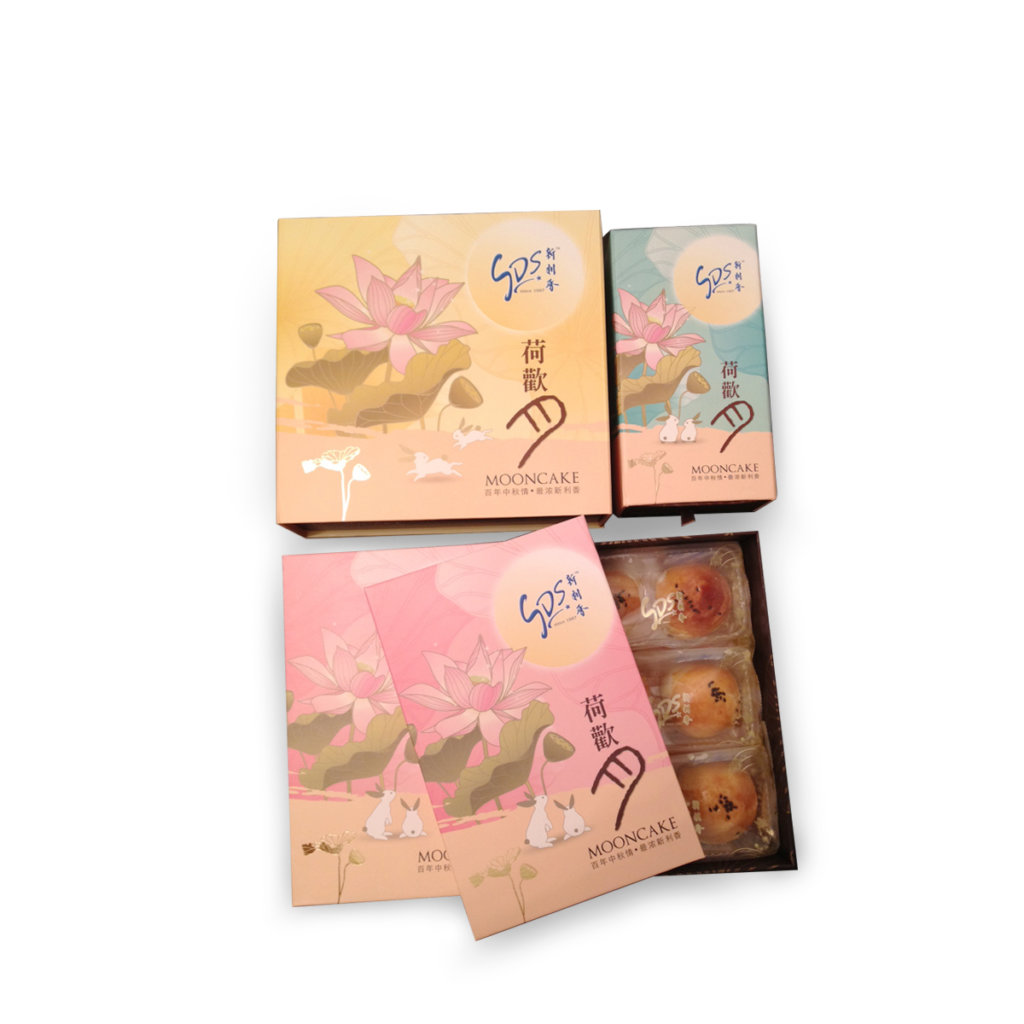
Functionality and User Experience
Beyond aesthetics, packaging design must also address practicality and user experience. A package should not only protect the product from damage but also make it easy for the consumer to access and use. User-friendly features, such as easy-to-open seals, resealable closures, and ergonomic shapes, enhance convenience and overall satisfaction. Modern packaging design aligns with the fast-paced lifestyle of consumers, making products more accessible and enjoyable.
Eco-Friendly Packaging
In recent years, there has been a growing emphasis on sustainable and eco-friendly packaging solutions. Consumers are increasingly conscious of their environmental impact, and brands are responding by adopting materials and designs that minimize waste and carbon footprint. Biodegradable materials, minimalist designs, and packaging that encourages recycling have gained traction as part of a broader push toward environmental responsibility.
Trends in Packaging Design
Packaging design, like any other field, is subject to trends that reflect changing consumer preferences and technological advancements. Minimalism, bold typography, and vibrant colors are some design trends that have made their mark in recent years. Augmented reality (AR) integration on packaging is also emerging, allowing consumers to experience a product virtually before making a purchase decision.
The Future of Packaging

As technology continues to evolve, packaging design is set to undergo even more transformation. Smart packaging with sensors and indicators that provide real-time information about product freshness or usage is on the horizon. Additionally, advancements in 3D printing could lead to personalized and on-demand packaging, reducing excess production and waste.
Conclusion
Packaging design is an intricate blend of art, science, and functionality that has a profound impact on our lives. It influences our purchasing decisions, shapes brand identities, and contributes to the ongoing conversation about sustainability. As consumers become more discerning and environmental concerns intensify, the packaging industry will continue to innovate, creating designs that captivate, serve, and contribute to a greener future.
Happy packing
Contact Us for Your Design Needs.
onestop@diversesolutions.com.sg
